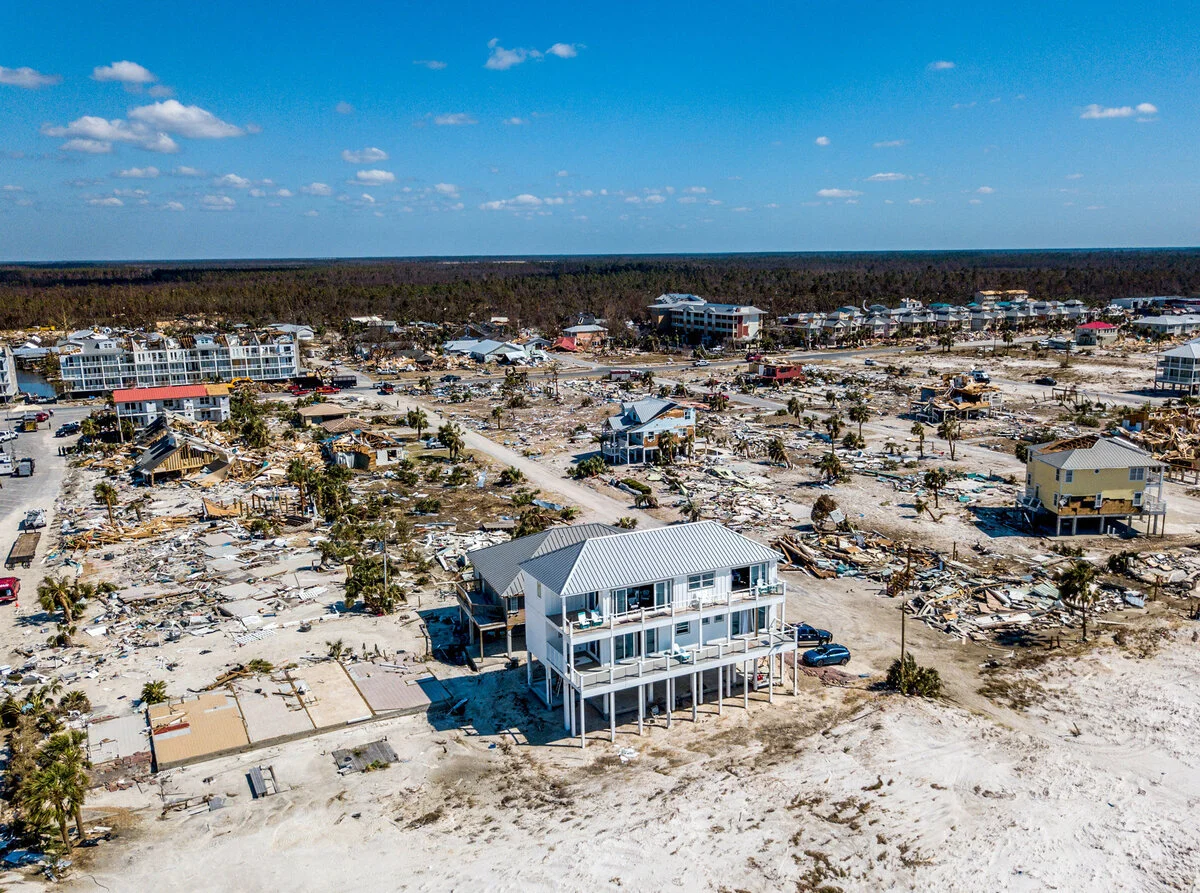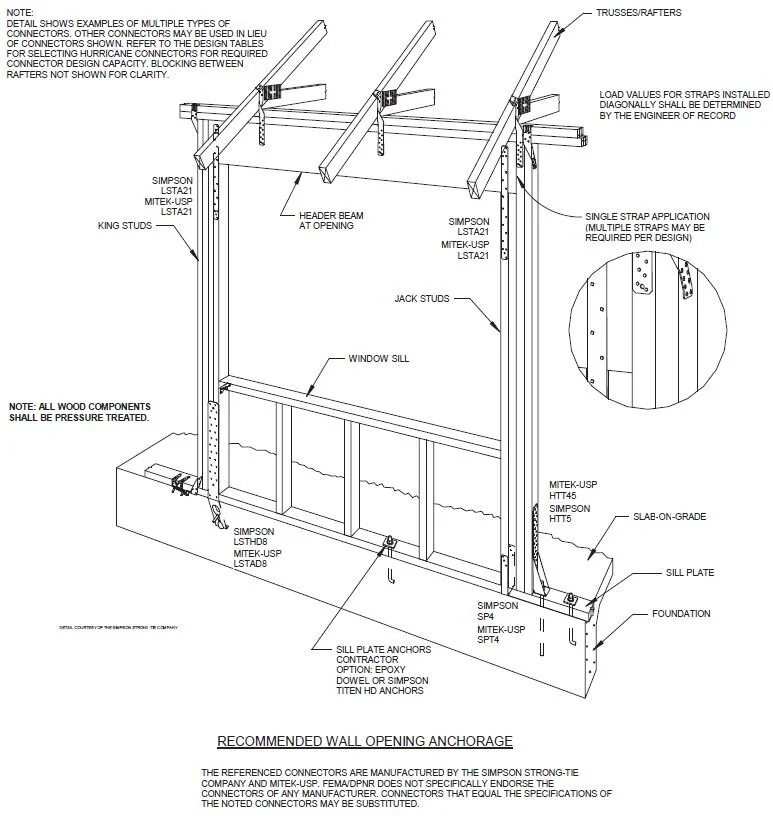Wind, Water & Sun: Why Construction Methods and Material Matter for Waterfront Homes
{Part 5 of a 6-part series}
Wind, water, sun, and corrosive compounds like salt all accelerate building materials’ aging process. Homeowners looking to build a new home or those considering the renovation of an existing home, must consider not only the initial costs of construction methods for waterfront homes, but also the life-cycle cost of maintaining that home.
Living near water can be hard on the exterior as well as the interior of a home. Construction methods for waterfront homes often require the home’s structural components to be much stronger than they would need to be for a house being built less than a mile inland.
Homebuyers who purchase a property adjacent to any water body can face yearly maintenance costs that can be a eye-opener for someone who is unaccustomed to living near the water. Depending on the winter climate, the severity of storms, or the age and condition of the property that is being purchased, significant improvements may need to be made immediately.
Though there are many new materials and construction methods for waterfront homes from which designers can now choose, history has proven some “breakthrough” products to be highly useful but others to be pending disasters. Often, it is difficult for even seasoned professionals to discern the difference. The prudent designer experiments with new products carefully, holding back on a wide-scale application until long-term field-testing proves them successful.
Aerial view of Mexico Beach after 2018 Hurricane Michael passed through. A few well-built homes survived the storm intact, while most other neighboring homes were partially or completely destroyed by the storm.
For the would-be waterfront homeowner’s perusal, the following is a (possibly daunting) list of materials and construction methods with a proven history of strength, quality, and superior moisture and corrosion resistance that mandate their consideration for construction by an ocean, a river, or a lake.
Foundations or piles designed to support substantial weight in soft sand or highly organic or wet soils;
Construction cross section of new waterfront home in Carpinteria, California to be built with 50-foot-deep pylons capable of supporting the residence in both hurricane scouring of the sandy site and earthquake liquefaction scenarios.
Flood-resistant utility installations;
Sodium-resistant concrete and epoxy-coated reinforcing bars for high-water or salt-laden environments;
Low-absorption masonry like granite, installed with well detailed flashing, extra reinforcement, and tight joints;
Galvanic protection for exposed ferrous metals;
Use of brass, bronze, stainless steel, or certain alloys for hardware and ornamental metalwork.
Windows and doors designed to withstand extreme moisture, wind (including hurricanes), concentrated UV rays, and corrosion;
Structural system enhancements like rigid frames, sheer walls, or structural steel frames for wind and hurricanes (or stronger roof rafters for deep snow-loads in regions such as the Great Lakes;
Construction detail from the United States Virgin Island Department of Planning and Natural Resources illustrates proper roof, wall, and foundation bracing to withstand the Category 5 hurricanes these homes will encounter.
Carefully designed and integrated waterproofing, thermal insulation, underlayments, flashings, and caulks to keep running water, water vapor, drafts, and mold out;
Heating, ventilation, and air conditioning systems designed to deal with increased heat loss and gain, above-average air infiltration, unique zoning requirements, and flood protection;
Shading to control daytime sun glare;
Lighting systems designed to control things such as interior night-time reflections or exterior environment impacts;
Tested rot- and insect-resistant woods, such as those pressure-treated for structural elements, wood species like mahogany, cypress, or cedar, environmentally friendly wood substitutes such as IPE or Spanish cedar, or composite substitutes such as cellular PVC or Boral for finished trim and siding.
If you begin a new build or a renovation project near water, there will be many more things to consider and resolve during the journey. Ideal construction methods for waterfront homes can change dramatically from one region to another. Materials that are approved for use in one area may not be approved in another. Building codes, homeowners’ associations, and environmental considerations can also influence building decisions, depending on the location. Be prepared to do your research and hire some trusted professional assistance to help make the most informed and appropriate selections for your waterfront home.
Our final blog in this series will look at how to proactively manage the financial decisions related to waterfront project design.



